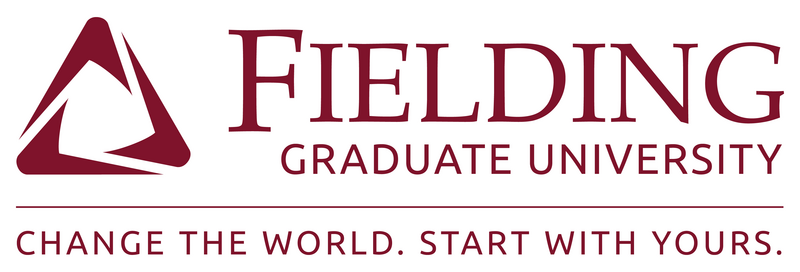ATD Blog
The New Rules of Engagement for Attracting and Retaining Talent
Thu Dec 01 2022

The COVID-19 pandemic shifted how people lead their lives. Demands for different ways of living sent housing prices skyrocketing and inventory plummeting and left many with a much smaller house for much more money. When it came to work, the pandemic created a different kind of seller’s market. Many workers realized how much working outside the office improved their productivity, quality of life, and mental health—and they aren’t interested in going back. Employees began to stand firm on their wants and needs, sending organizations on what they may view as a talent search with limited inventory.
The rules of engagement for attracting and retaining talent have changed—employees are less attracted by what organizations can give them and more concerned with the type of experience an organization contributes to their overall life. If organizations can create spaces where employees feel safe, seen, heard, and valued, they’re more likely to join in and hang on for the ride. But spaces like that can’t exist unless strategic communication is at their foundation.
It doesn’t matter if workers are in the office building downtown or the second bedroom in the house, they still want a work experience that delivers connection, meaning, and value. That means focusing less on materials and more on interactions. Embedding strategic communication in key parts of the employee experience will create work environments that people want to engage with and vow never to leave. Here are three steps to take:
Shift the culture to make healthy exchange a core tenet.
Many organizational cultures focus on their core values and how they want to appear inside and outside their walls. Yet, many organizations are rooted in both spoken and unspoken traditions and practices that silently dictate how their culture manifests, and it often doesn’t make room for clear, consistent communication. To combat this, organizations can intentionally extend their cultural values to offer guides for how employees communicate about work and to one another. Prioritizing transparency and authenticity inspires employees and allows for the kind of communication where people feel free to express themselves, contribute their ideas, and feel invested in the organization’s overall goals.
Ensure remote workers are considered and included.
If organizations prioritize healthy communication as a bedrock of their operations, making sure remote workers feel like a valued part of the team guarantees a more seamless integration. Because people are not co-located, extra attention must be given to opportunities for interpersonal communication. This doesn’t mean creating useless meetings just to have face time, but it does require staging virtual gatherings that combine work production and rapport building. If an organization has a hybrid environment, it’s even more crucial that there are technologies in place that allow everyone to gather, hear, and see each other. While it can be challenging to offer remote workers the same experience as those in the office, simply making an effort goes a long way.
Treat DEI as foundational, not additional.
Over the past two to three years, many organizations have embraced diversity and inclusion in a more meaningful way, either by choice or pressure. As this focus evolves, it’s fine to have DEI plans and associated DEI communications, but they should not be standalone. DEI strategy is business strategy and should not be treated as a separate entity. This is why Fielding Graduate University has embedded DEI as one of the five core foundations in their Master’s in Organization Development and Leadership program. When DEI tenets and initiatives are at the heart of an organization, the foundation is set for the internal environment to support inclusion and belonging for employees. Incorporating this concept means making spaces where employees can learn about one another and celebrate differences and ensuring that all levels of the organization are committed to inclusive behaviors, including communicating honestly and openly at all times.
Committing to strategic communication is not easy, nor is it done overnight. But by taking steps to incorporate it into the heart of the employee experience, organizations can rise to meet the new standards of the workplace.

